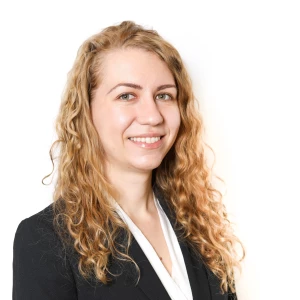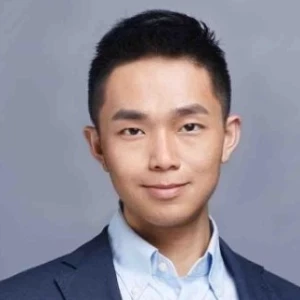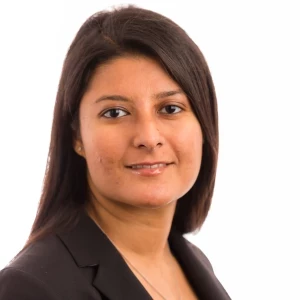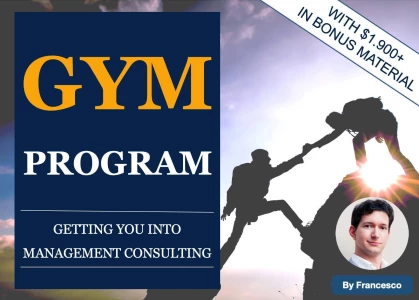Hi,
My friend in consulting said that I am lack of drive in candidate led interview. What do consultants mean when they say drive and how to practice it?
Hi,
My friend in consulting said that I am lack of drive in candidate led interview. What do consultants mean when they say drive and how to practice it?


Hi Anonymous,
as mentioned by Vlad, not driving the case may refer to a number of things. Most likely though you are not leading the case to the next steps after completing the analysis of a particular area.
There are three areas for which you normally have to show drive in the case:
After each of these areas you should formulate a hypothesis on where to proceed and/or compare the results obtained with your goal, and then propose next steps to move the case forward.
Hope this helps,
Francesco

Hi,
If the feedback says that you are not driving the case, it means a number of things:
My best advice - never stop using the structures. Make an initial structure, present the structure (literally, rotate your paper and show your structure) and then dig deeper using the new structures. If you get stuck - make a structure. If you need to isolate the problem - make a structure. And go through the structure as fast as possible, trying to narrow down to the root cause of the problem.
Example:
Let's say one of the operations (moving across the warehouse) requires 2 more FTE than your competitor:
Structure 1: Frequency of moving * Number of people * time per move
- Let's say you find out that only the time per move is different. You follow up with the next structure:
Structure 2: Speed of moving * distance
- Let's say you find out that the distance is bigger
Structure 3: size of the warehouse / layout of the warehouse
- You find out that the size of the warehouse is the same but the layout is different - Bum! You found the root cause!
The whole thought process should take just a couple of minutes and should be very dynamic - you are constantly driving with the new structures and asking the right questions
Best!
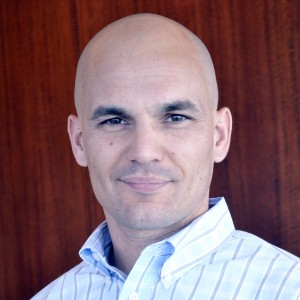
Remember that your structure is supposed to be the best / most efficient / MECE way to address your client's question. If you aren't sure where to go next:
- what's your current hypothesis, how are you going to prove it?
- if that doesn't help... what is the enxr steop in the framework?
- if that doesn't help, what was the initial question, what do you need to review now?
- if you are still lost, ask for time to gather your thoughts. Do NOT go at random hoping to get lucky, do NOT stop driving for an answer and turn passive
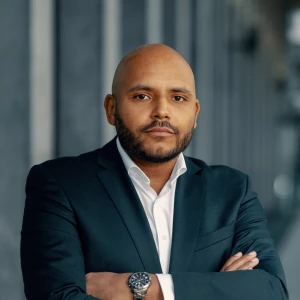
It essentially means focus on the "so-what" relative to the client's core question. For any bit of information that your receive or insight that you generate, you have to pro-actively discuss, what it means for the client and the question he asked. This is a very common issue with candidates - they get so lost in their analyses that they come up with the result of a specific calculation, but then they stop and triumphantly look at the interviewer without discusseng the "so-what" and what the logical next step is. This is one of the major points that interviewers are testing.
Cheers, Sidi



